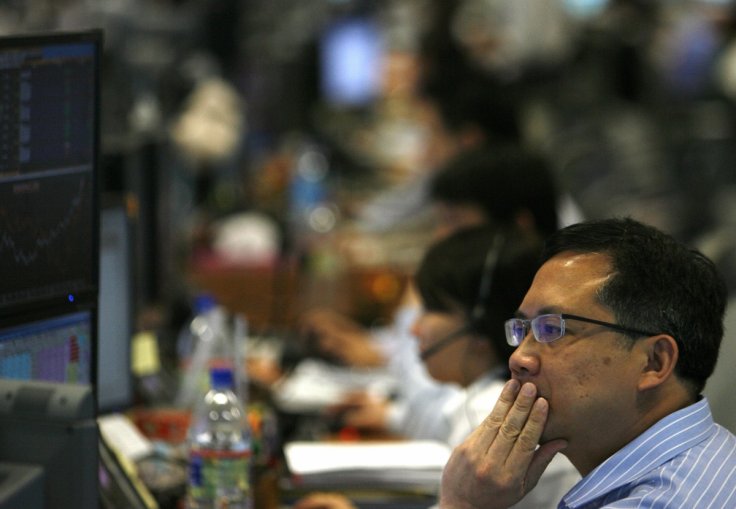
Australia's benchmark index was last up 0.2 percent, New Zealand shares were off 0.5 percent while South Korea's KOSPI slipped 0.3 percent. Trading volumes were light across Asia with markets in China and Japan still closed for holidays.
Overnight on Wall Street, major indices gave up initial gains and closed in the red, weighed down by energy shares.
World stocks have rallied hard this year - the S&P 500 has climbed more than 16 percent so far in 2019 - but further gains will be hard to come by, analysts at Capital Economics said.
"We are more downbeat on the outlook for the global economy. We forecast that GDP growth in advanced economies will slow from 2.2 percent in 2018 to just 1.0 percent in 2020," they said.
"As such, we are of the view that investors are still too optimistic about the outlook for earnings growth. As earnings disappoint, we think that stock markets will drop around the world."
Capital Economics forecast the S&P 500 would drop to 2,300 points by Christmas from current levels of just under 2,900.
Investors await U.S. employment figures due later in the day, which is forecast to show 185,000 net new jobs were added in April and the unemployment rate steady at 3.8 percent.
"There'll be more than one eye on what the report says about average earnings growth that's expected to grow a meagre 0.1 percent," said National Australia Bank economist David de Garis.
Global policymakers are grappling with tepid wage growth and lukewarm inflation despite a surge in jobs and still strong economic expansion, complicating monetary policy decision-making.
In the currency markets, the biggest movers were the Australian and New Zealand dollars, which fell as speculators wagered both countries could see interest cuts next week.
The Aussie slipped below psychological support of $0.7000 overnight to the lowest since early January while the kiwi dollar drifted closer to a recent five-month trough of $0.6581.
The weakness in the antipodean currencies also came as the U.S. dollar gained on remarks by U.S. Federal Reserve Chair Jerome Powell earlier this week that a recent weakness in inflation owed to "transitory" factors.
That led traders to start paring the chance of Fed rate cut. Futures now imply about a 49 percent probability of an easing at year-end, down from 61 percent late on Wednesday, according to CME Group's FedWatch program.
The dollar index held at 97.814, inching toward a two-year peak of 98.33 touched last week.
Against the Japanese yen, the dollar was idling at 111.46 having spent the entire week in a tight 111.03-111.89 range.
In commodities markets, oil prices fell after U.S. crude production output set a new record, though the losses were capped by the intensifying political crisis in Venezuela and the stopping of Iranian oil sanction waivers by Washington.
U.S. crude was flat at $61.81 a barrel while Brent slipped 21 cents to $70.54. Spot gold was marginally higher at $1,271.2 an ounce.








